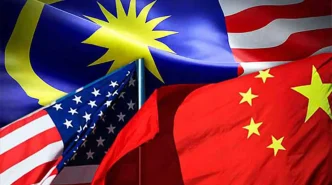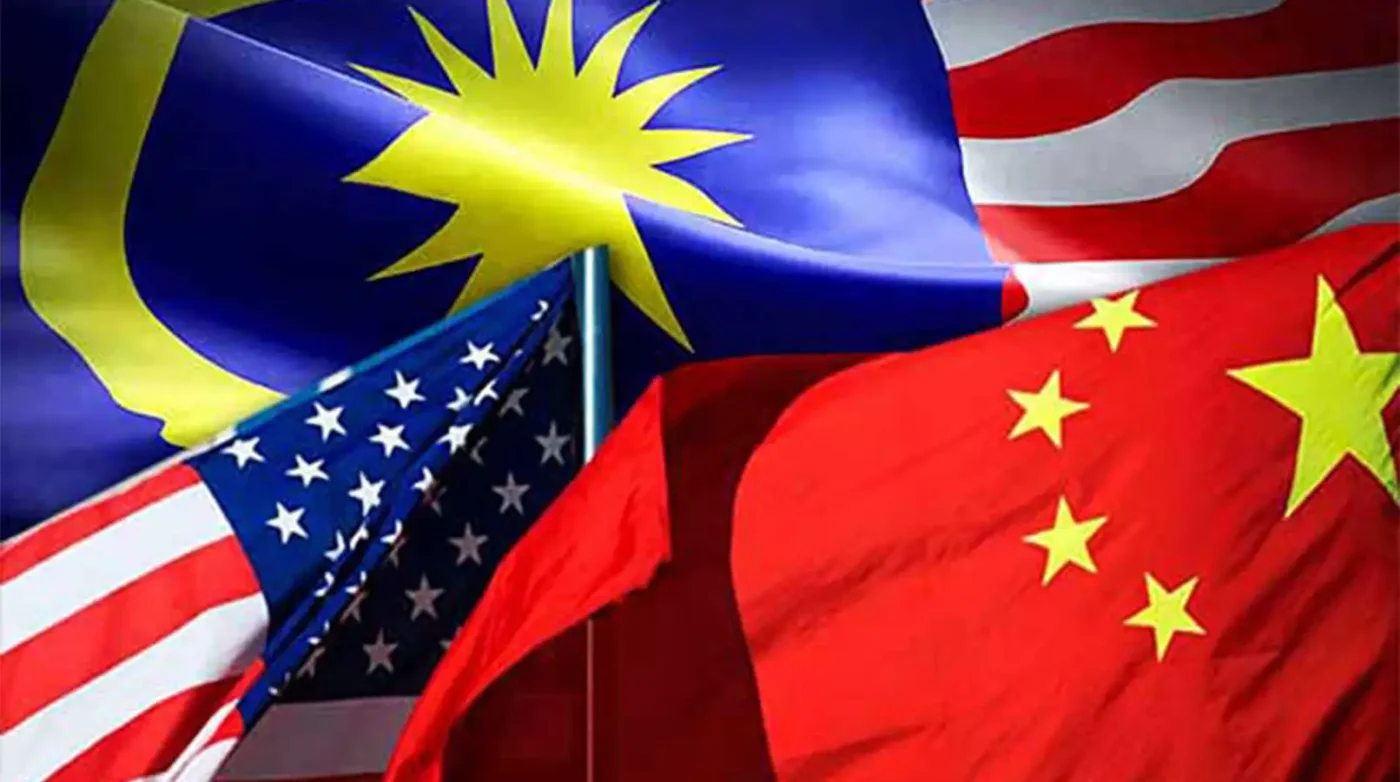Malaysia remains well-positioned to capitalize on the China+1 diversification strategy, even as the United States and China have temporarily de-escalated their long-standing trade war with a 90-day tariff suspension. While this truce has sparked questions about the future of supply chain diversification, experts suggest that the underlying uncertainties may continue to drive multinational corporations (MNCs) toward countries like Malaysia, which offers strategic advantages for investment and operations.
Trade Truce: A Temporary Reprieve
Earlier this week, the US and China agreed to suspend most tariffs on each other’s goods for a 90-day period, reducing reciprocal tariffs to 10% from a previous high of 125%. However, the US will maintain a 20% duty on Chinese imports linked to fentanyl, keeping total tariffs at 30%. This temporary pause has injected a dose of optimism into global markets, but analysts caution that it may not signal a lasting resolution to the trade tensions that have disrupted international commerce for years.
Kevin Khaw Khai Sheng, a research analyst at iFAST Capital, expressed skepticism about the likelihood of a permanent agreement within the short timeframe. “While there is a 90-day grace period, we expect tariff levels to remain elevated over the next couple of years ultimately. The possibility of returning to pre-trade war tariff levels is quite tough” he told a Malaysian business outlet. Khaw pointed to a similar moment of optimism in 2018 during the Group of 20 summit in Argentina, when a temporary truce collapsed amid unresolved differences. He noted that the current pause, while beneficial for market sentiment, offers too brief a window for the two economic giants to finalize a durable deal.
China+1 Strategy: Still Relevant
The China+1 strategy, adopted by many MNCs to mitigate risks by diversifying supply chains beyond China, remains a critical approach despite the tariff de-escalation. Businesses, both Chinese and foreign-owned, are unlikely to reverse their diversification plans in the near term. Instead, lingering uncertainties may accelerate efforts to establish operations in alternative markets. Malaysia, with its strategic location in Southeast Asia, a relatively weak ringgit, and affordable labor costs, stands out as an attractive destination.
Khaw emphasized that Malaysia’s appeal for foreign direct investment (FDI) endures, even if short-term volatility is expected. “FDI levels in the country may see some declines this year. Although the official FDI data for the first quarter of financial year 2025 is not yet released, it is expected to register a softer figure, as companies remain cautious on their expansion plans” he said. However, over a three-to-five-year horizon, he anticipates a positive trajectory for FDI as the benefits of the China+1 strategy materialize.
UOB senior economist Julia Goh echoed this sentiment, noting that while the recent US-China tariff reduction opens the door for further negotiations, it does not eliminate the need for supply chain diversification. “There are signs that Malaysia could benefit from front-loading activities, broadening of supply chains, shifts to lower-tariff nations, and efforts to boost intra-regional trade” she said. Goh highlighted that cumulative FDI inflows from the US since 2018, totaling 219 billion Malaysian Ringgit (US$47 billion), underscore Malaysia’s competitive edge for American firms, potentially as part of a broader regional supply chain strategy.
Challenges and Opportunities Ahead
Despite Malaysia’s favorable position, external headwinds and tariff uncertainties could dampen growth and investment prospects in the immediate future. Goh pointed out that while Malaysia remains a compelling destination for FDI, global economic challenges may weigh on short-term outcomes. Businesses are likely to adopt a wait-and-see approach, particularly during the 90-day grace period, as they await clearer signals from Washington and Beijing.
Tradeview Capital chief investment officer Nixon Wong added that the impact on Malaysia’s FDI will hinge on the final tariff rates imposed on the country. “Should Malaysia be slapped with a higher tariff, then FDI may slow as MNCs may consider other markets as their China+1” he said. For now, Wong remains optimistic, citing local policies that support foreign investment and sustained interest from firms looking to establish operations in Malaysia.
One significant countertrend is the US push for reshoring, or bringing manufacturing back to American soil. However, experts believe this remains a distant prospect for most industries. Khaw noted that while some companies, such as Taiwan Semiconductor Manufacturing Co Ltd, have set up operations in the US—such as a chip fabrication plant in Arizona—these moves are often politically motivated rather than economically driven. “Relocating manufacturing back to the United States does not make much sense from a cost and operational perspective” he said, suggesting that most firms will continue to prioritize cost-effective locations like Malaysia.
Long-Term Implications for Global Trade
Looking beyond the immediate 90-day period, analysts stress that deeper structural factors will shape the future of global trade and investment. Dr. Mohd Afzanizam Abdul Rashid, head of economics at Bank Muamalat Malaysia Bhd, argued that regardless of the outcome of US-China negotiations, businesses have learned the importance of diversifying supply chains to reduce vulnerability. “I doubt there will be a sudden change in how businesses would reconfigure their supply chain and investment decisions” he said. He added that improving access to global trade, integrating with international supply chains, and enhancing competitiveness will remain priorities for countries like Malaysia.
Dr. Afzanizam also expressed hope that the current de-escalation could foster a less hostile environment for global commerce. “Hopefully, global trade would be based on the rules as stipulated and enshrined within the World Trade Organisation purview” he said. For Malaysia, this could translate into a more stable backdrop for attracting investment and expanding its role in regional and global markets.
Malaysia’s Path Forward
Malaysia’s business community has also taken note of the evolving trade landscape. Local firms are being urged to diversify their own supply chains and markets before the tariff pause concludes, ensuring resilience against potential disruptions. The country’s ability to maintain its appeal as a hub for MNCs will depend on sustaining competitive advantages, from labor costs to infrastructure, while navigating the uncertainties of global trade dynamics.
As the 90-day truce unfolds, Malaysia stands at a crossroads. While short-term fluctuations in FDI and business sentiment are likely, the long-term outlook remains promising. If the country can leverage its strategic position and policy framework effectively, it could solidify its status as a key beneficiary of the China+1 strategy, even in a world where US-China relations remain unpredictable.
For now, the message from Kuala Lumpur is one of cautious optimism. As global trade tensions ebb and flow, Malaysia’s role as a stable and attractive destination for investment appears set to grow, offering a potential model for other Southeast Asian nations seeking to capitalize on shifting supply chain priorities.
















